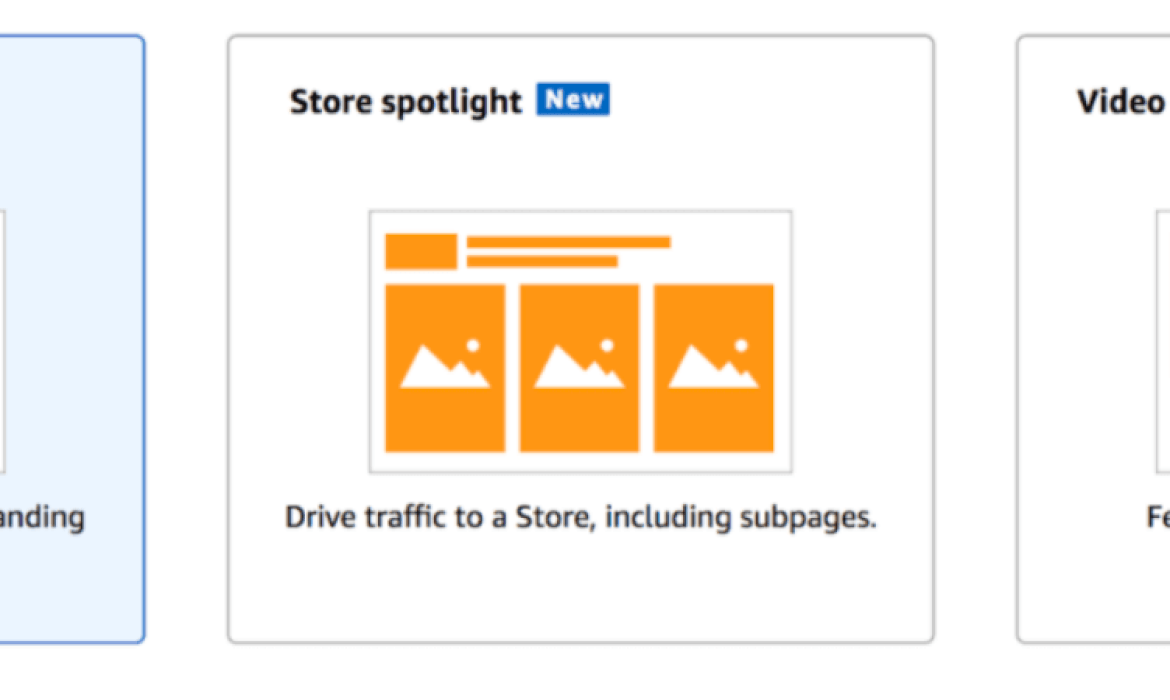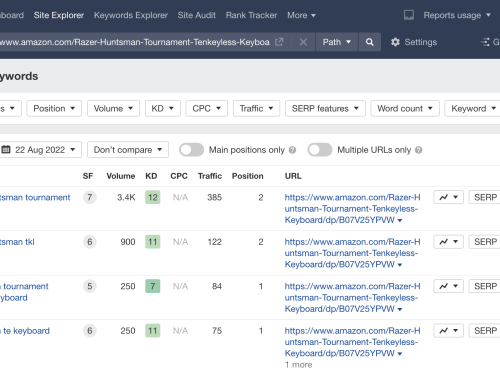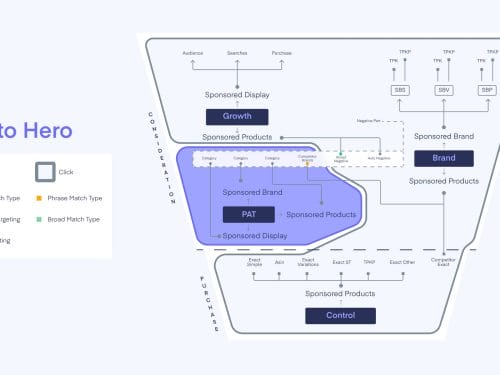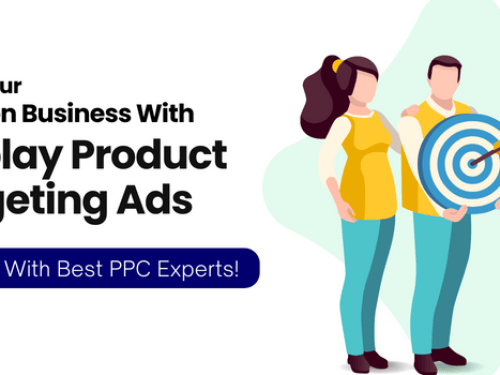
Amazon is one of the largest online marketplaces in the world. However, it can be a challenge for new sellers to get their products noticed.
Using PPC advertising on Amazon can help you reach more customers and boost sales. But it is important to have a clear goal and strategy in mind before starting.
Keyword research
One of the key parts of any successful Amazon FBA PPC campaign is keyword research. This helps you choose the best words to include in your ad text and ad headline.
You can use a free tool called Sonar to help you find keywords relevant to your product that are also searched on Amazon. The tool displays search volume estimates and a list of related keywords in a spreadsheet.
There are 3 different keyword match types: broad, phrase, and exact. The broad match type matches search terms that contain all components of the keyword in any order, and can include synonyms and misspellings.
The phrase match type matches search terms that contain all the components of your keyword in the same order. It’s the type of match that’s most likely to get you clicks from shoppers searching on Amazon for a product like yours. It can also be the best choice when you’re targeting customers with similar interests.
Ad creation
Ads are an essential part of any e-commerce business and a must for Amazon sellers. PPC (pay-per-click) ads are the most popular form of advertising on Amazon and can help you to bring your products to the top of search results pages.
There are several types of PPC ads you can create, but the most common are Sponsored Product Ads and Sponsored Brands. These ads appear within the search results page and on product detail pages, helping to drive traffic and conversions.
To create a new campaign, go to your Seller Central account and click on the Advertising tab. From here, you’ll need to choose your ad type, campaign start date and daily budget.
After that, you can select whether to create an automatic or manual campaign. The former will run automatically and match your ad to all relevant search terms, while the latter lets you choose which search terms you want to target.
For manual campaigns, you can target up to 1,000 keywords or search terms per ad group. The recommended number for beginners is around 30.
Ad scheduling
Ad scheduling is the process of setting up your ads at specific times of the day. Using this feature, you can optimize your ads to maximize your conversions during peak shopping hours.
Amazon sellers can also use ad scheduling to reduce wasteful advertising budgets by reducing ads during non-conversion-generating browsing traffic. This can help them keep their costs low while increasing their conversion rates.
When selecting the best time for your ads to run, it is important to consider the shopping habits of your customers. Some people only browse the internet while others buy products, so it is best to target a range of consumers during different times of the day.
In addition, ad scheduling can be used to increase sales during holiday events like Prime Day and shopping events. Moreover, it can also be used to align your ads with Amazon lightning deals. Regardless of whether you are a new or an experienced seller, using this technique can ensure that your campaigns reach their full potential.
Ad optimization
Keeping your Amazon ads optimized can be difficult – it takes a lot of time and effort. However, it can also help you achieve your goals and boost your product’s sales.
You can choose from a range of campaign elements to optimize your ads. These include keyword match types, placements, and bid modifiers.
Ad optimization is an essential part of any Amazon fba ppc strategy. It helps you get more out of your investment by targeting the right keywords, reducing your ACoS, and more.
In addition to the keywords you research, it’s important to determine which ad type works best for your brand. Broad match or phrase match ad types are both effective, but they have their pros and cons.
A good way to find out is to use a free tool like the Benchmarker. It will compare your PPC bids to your competitors and show you the average cost-per-click (CPC) for each ad type.




